Chapter 6 Law Quizlet
1/56
There's no tags or description
Looks like no tags are added yet.
Name | Mastery | Learn | Test | Matching | Spaced |
|---|
No study sessions yet.
57 Terms
What is a tort?
A private or civil wrong.
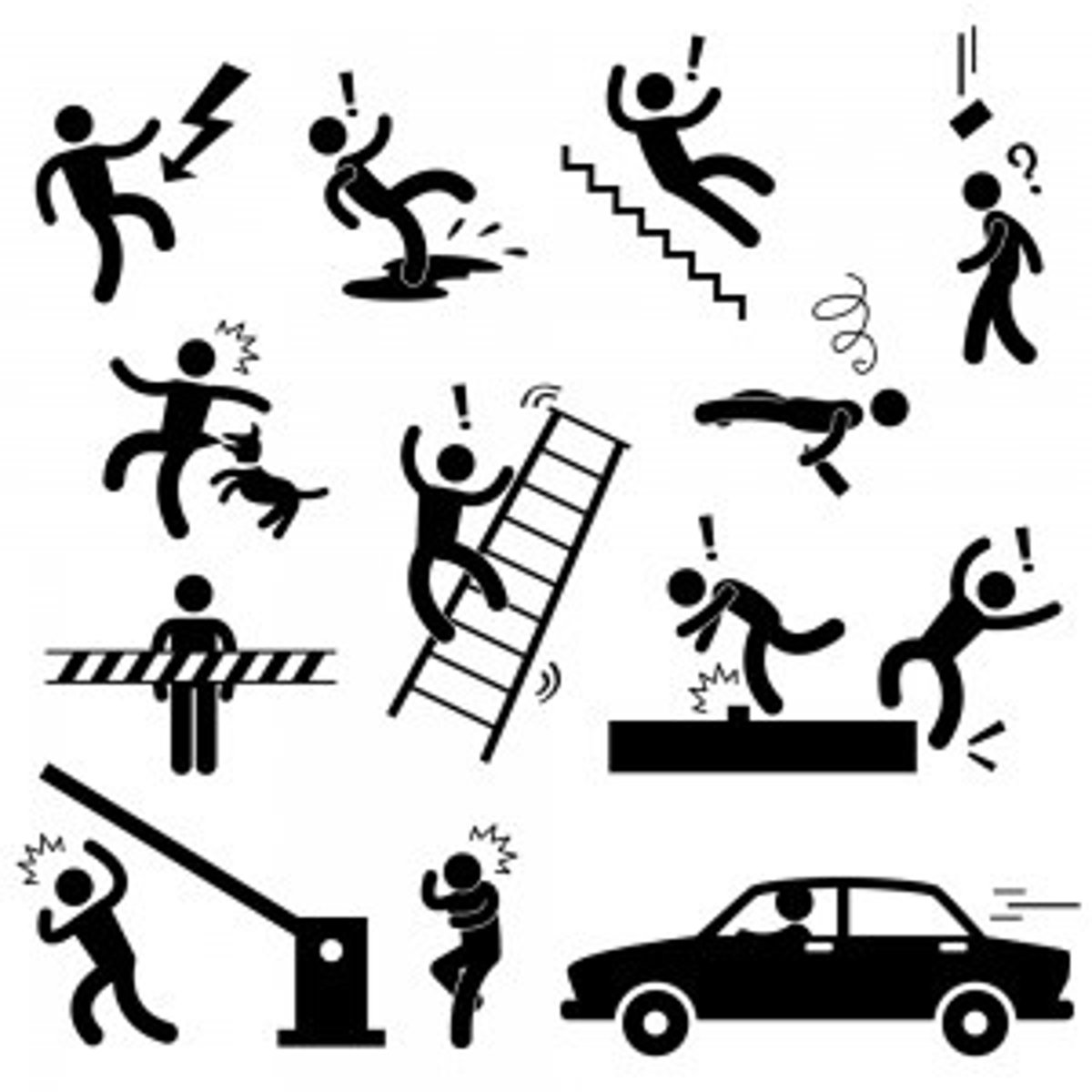
What can a person do if they are injured as a result of a tort?
They can sue and obtain a judgment for money damages.
What is the purpose of money damages awarded in a tort case?
To compensate for the injury.
Duty
A legal obligation to do or not do something.

Breach
A violation of the duty.

Injury
Harm that is recognized by the law (physical, emotional, financial, pain & suffering).
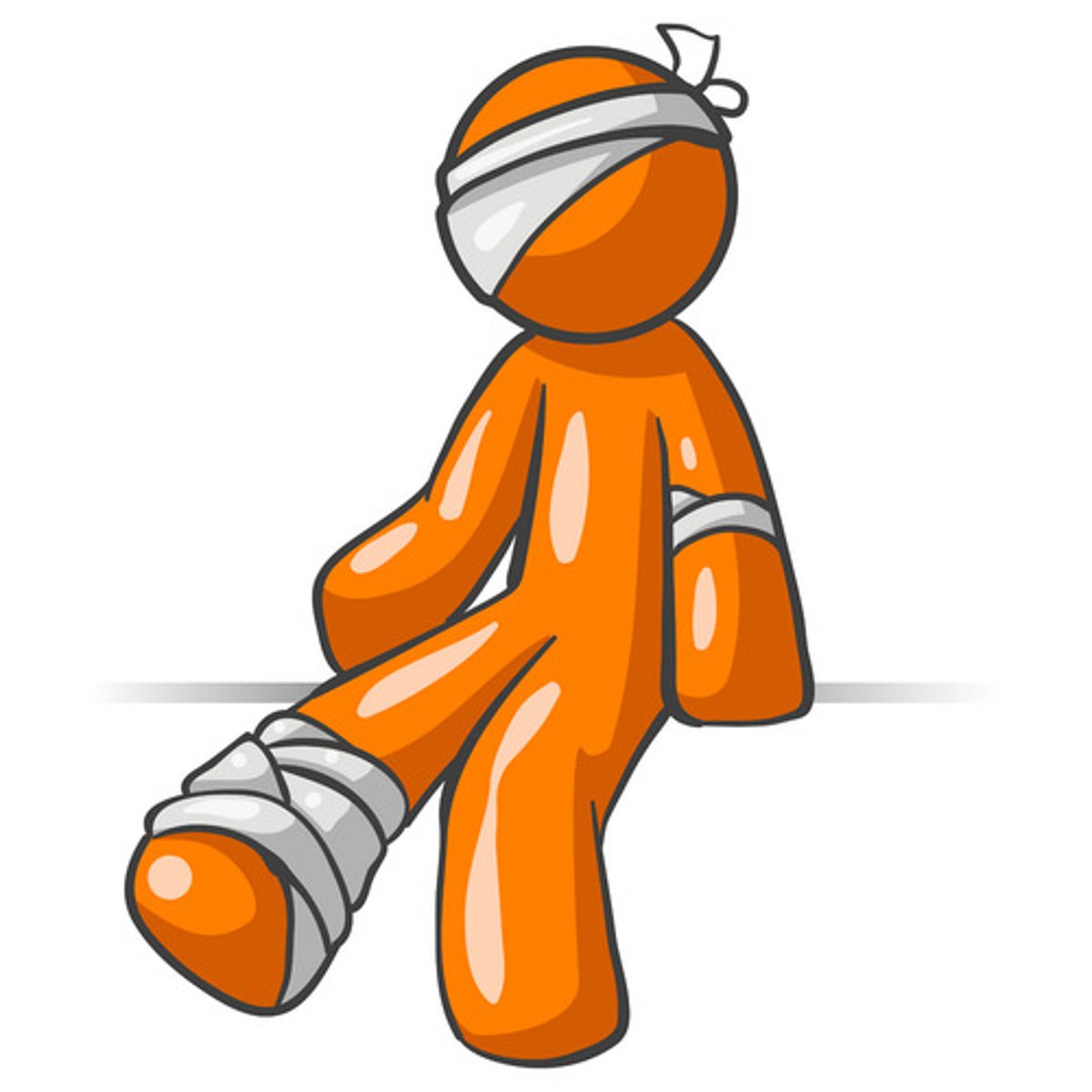
Causation
Proof that the breach caused the injury.
Proximate Causation
When it is reasonably foreseeable that a breach of duty will result in an injury.
The Foreseeability Test
Would a reasonable person foresee the consequences of the harm done?

Intentional Torts
The defendant intended either the injury or the act.
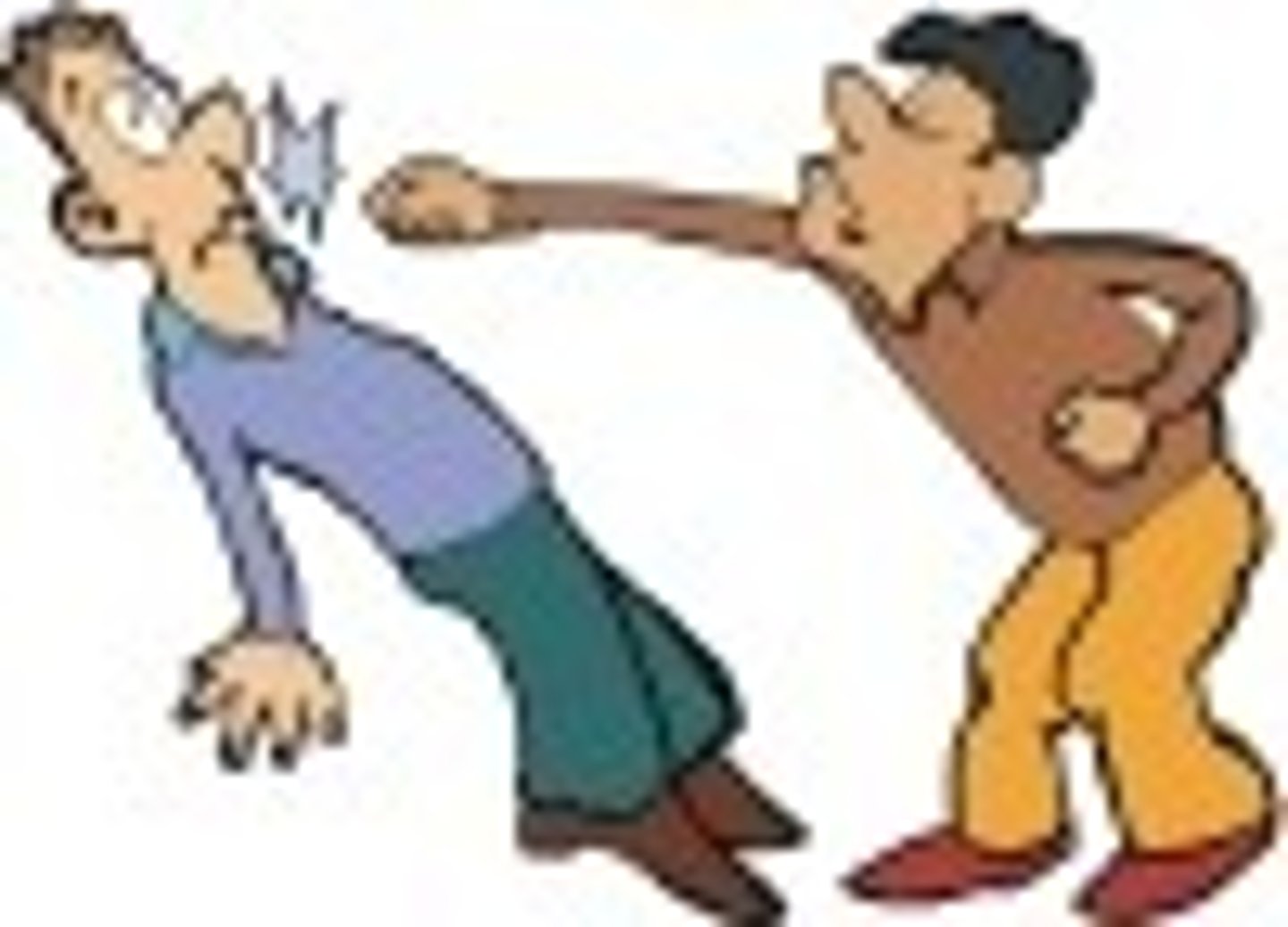
Assault
Intentionally made threat to physically or offensively injure another.
1. Can be made with words or gestures.
2. Must be believable, with an ability to carry it out.

What is battery in legal terms?
Harmful or offensive touching.
What is a person's duty regarding battery?
A person has a duty to refrain from harmful or offensive touching of another.
What would shooting someone from behind be considered?
Battery.
False Imprisonment
Deprivation of freedom of movement without consent or privilege.
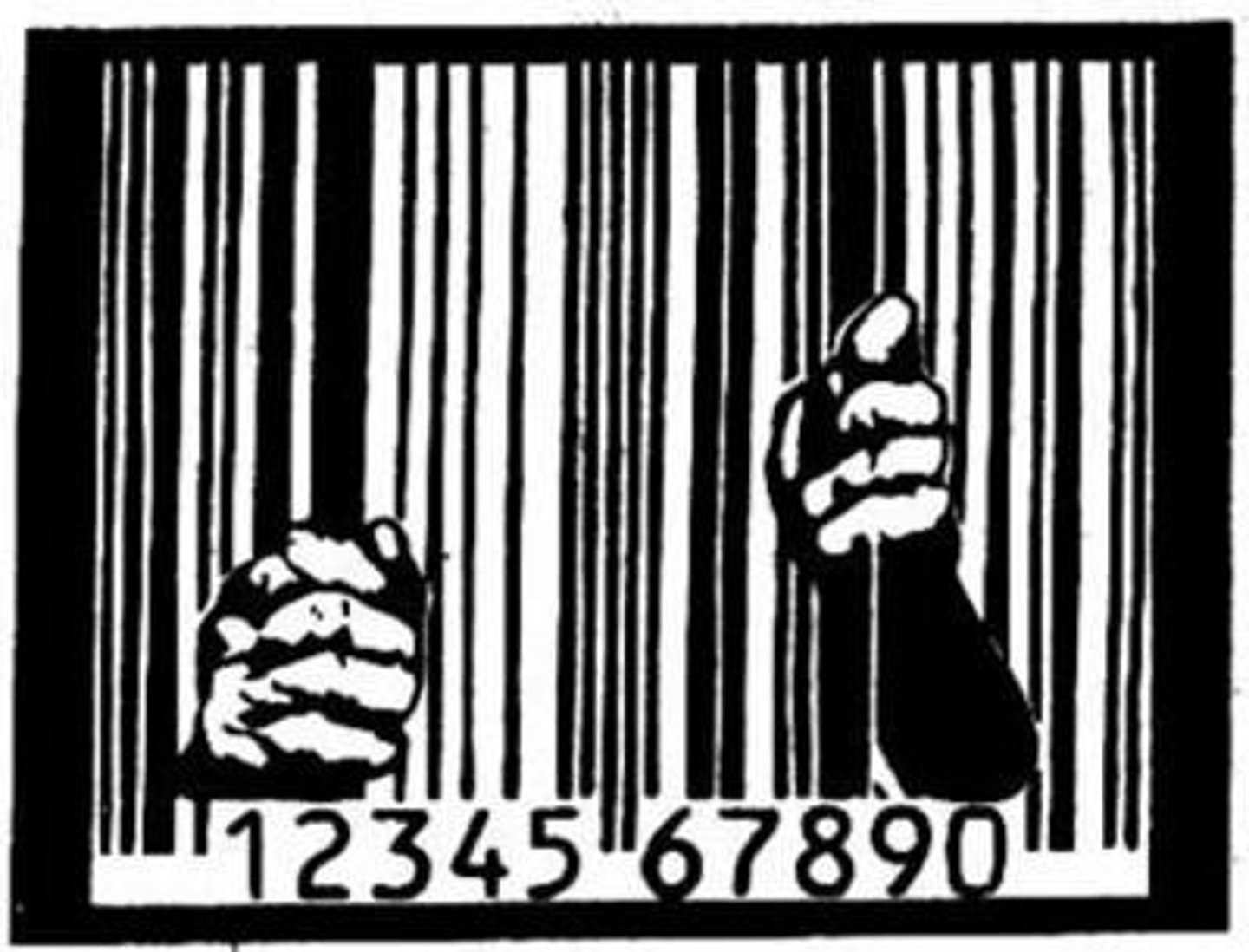
What is the definition of invasion of privacy?
Intrusion into the private lives of others.
What has Congress stated about the right of privacy?
'The right of privacy is a personal and fundamental right protected by the Constitution of the United States.'
Can the publication of true statements be considered an invasion of privacy?
Yes, the publication of even true statements may be an invasion of privacy.
Trespassing
Entering or remaining on another's land without permission.
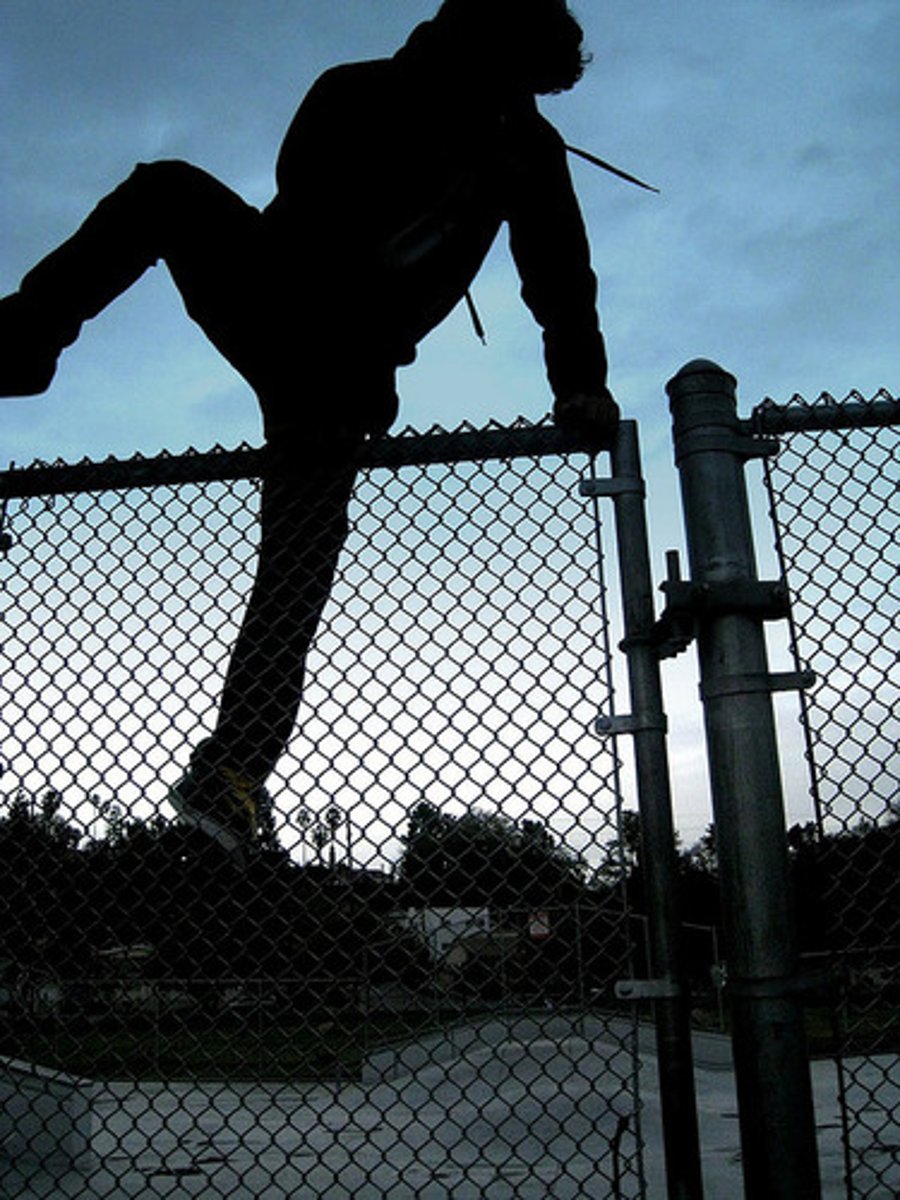
Conversion
Using property in a manner that is inconsistent with its owner's rights.
What is defamation?
A false statement that injures a person's reputation.
What are the two types of defamation?
Slander (spoken defamation) and Libel (written defamation).
What are the requirements for a statement to be considered defamation?
1. The statements must be false
2. communicated to a 3rd party
3.cause the victim harm
What is a defense against defamation?
The truth of the statement.
Negligence is...
The most common type of tort. Intent is not required, only carelessness. Based on the 'reasonable person standard'.
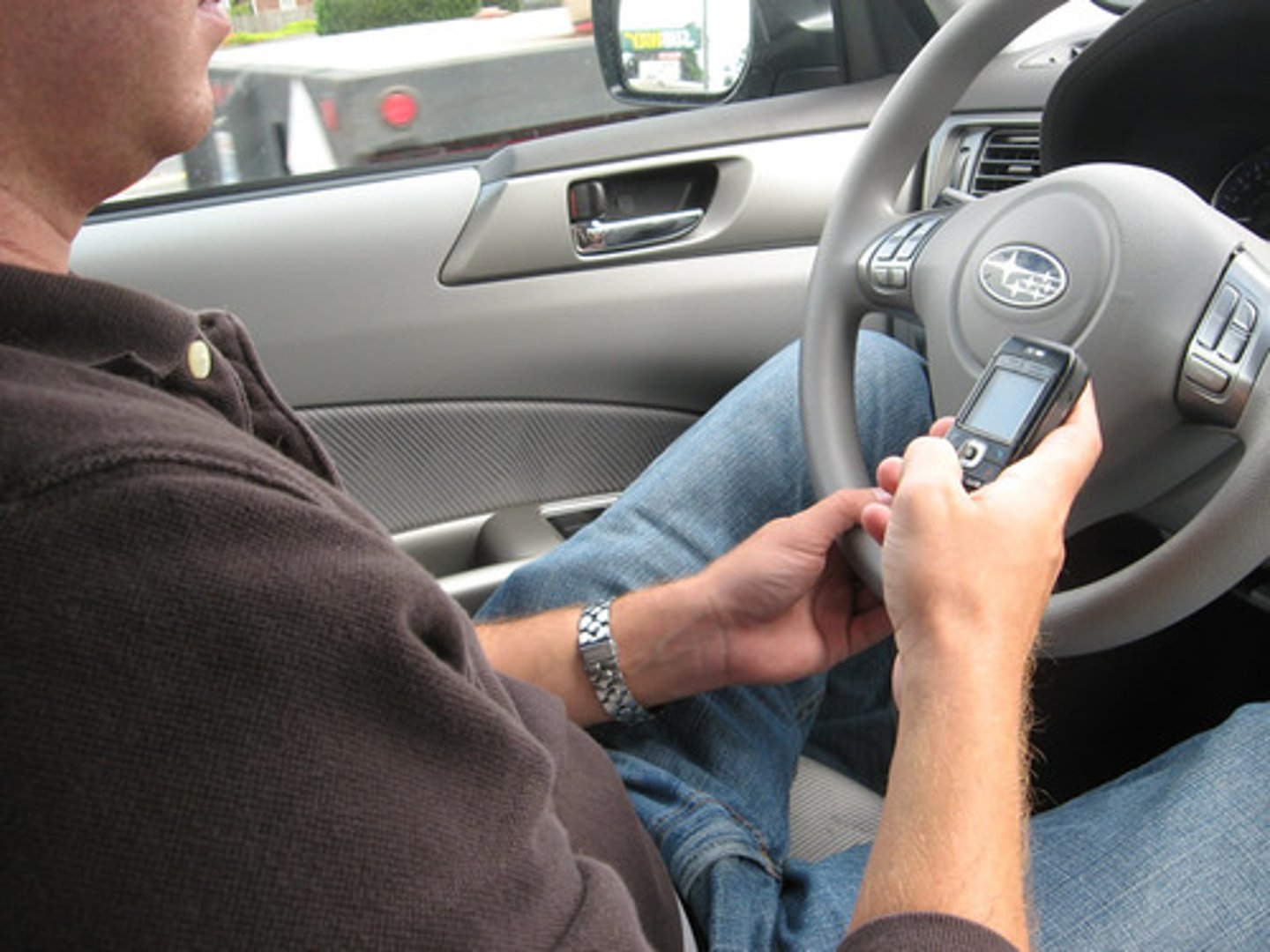
Negligence Requirements
1) a duty of care
2) a breach of that duty
3) causation (that the breach caused the injury)
4) damages (that the plaintiff suffered harm)
Breach of Duty
Breach of duty in negligence (not acting like a reasonable person).
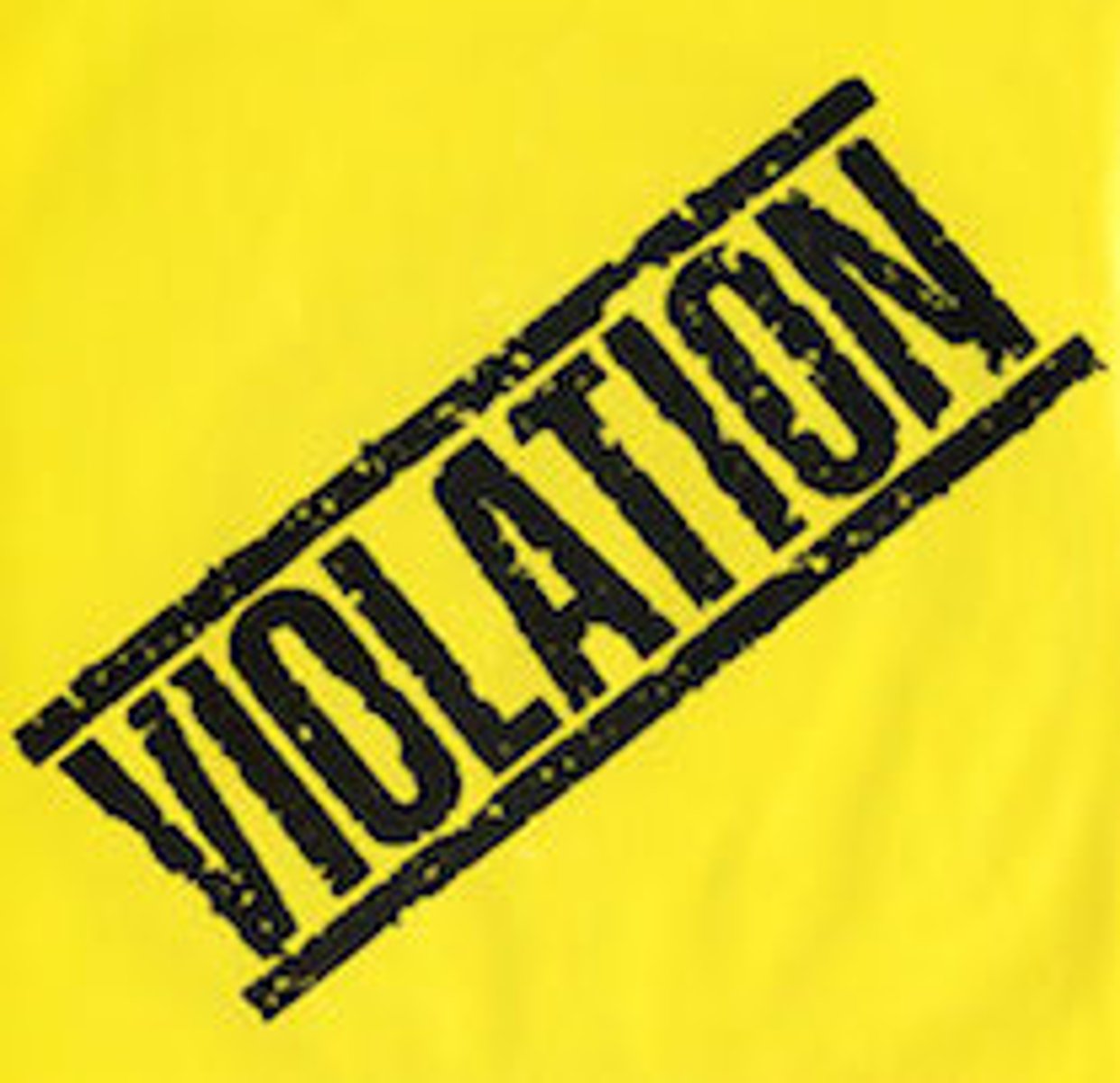
Causation and Injury
Unless there is injury, there can be no negligence.
Children under age seven (negligent?)
Presumed incapable of negligence.
Older Children
Required to act with care that a reasonable child of like age, intelligence, and experience would act.
Adult Activities by Children (like a child driving)
If a child undertakes an adult activity, like driving, the child is held to adult standards.
Professionals
Held to a higher degree of care in their work.

Contributory Negligence
When the plaintiff's own negligence was a partial cause for the injury. In states that follow this rule, the plaintiff collects zero.
Comparative Negligence
The plaintiff can be partially at fault but still collect damages based on the percentage the defendant is at fault. California follows comparative negligence rules.
STRICT LIABILITY
Liability exists for the defendant even though they were not negligent and it was not intentional.
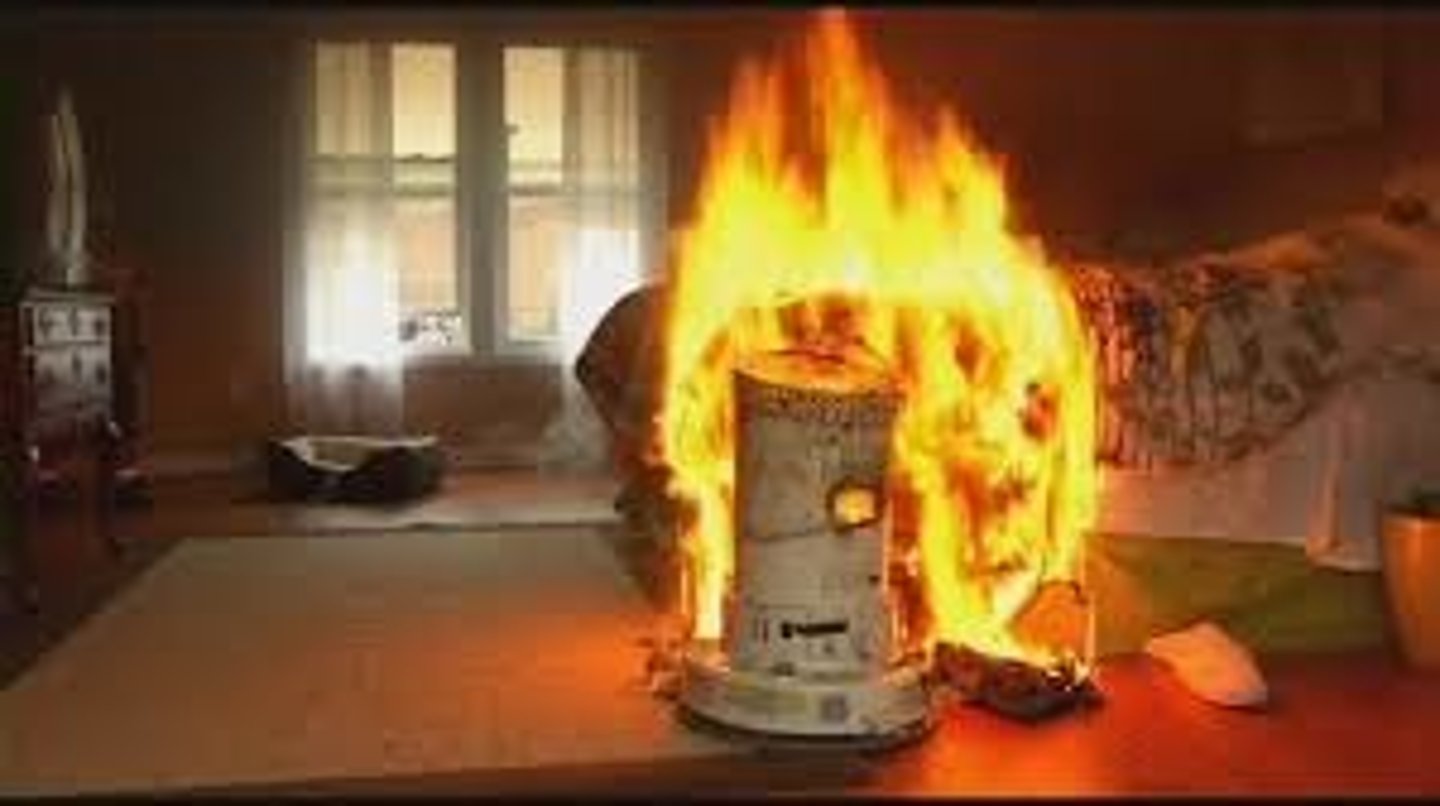
Strict Liability Proof needed
Proof of both the activity and injury substitutes for the duty.
Examples of Strict Liability
Blasting, Crop dusting with dangerous chemicals, Storing flammable liquids, Defective goods that cause injuries, Ownership of dangerous animals (domesticated cats and dogs are not considered dangerous unless the owner knows the animal has behaved dangerously).
Witness
Person who gives testimony.

Evidence
Materials or statements presented in a trial to prove or disprove alleged facts.

Subpoena
Written court order compelling a person to appear in court and to testify.
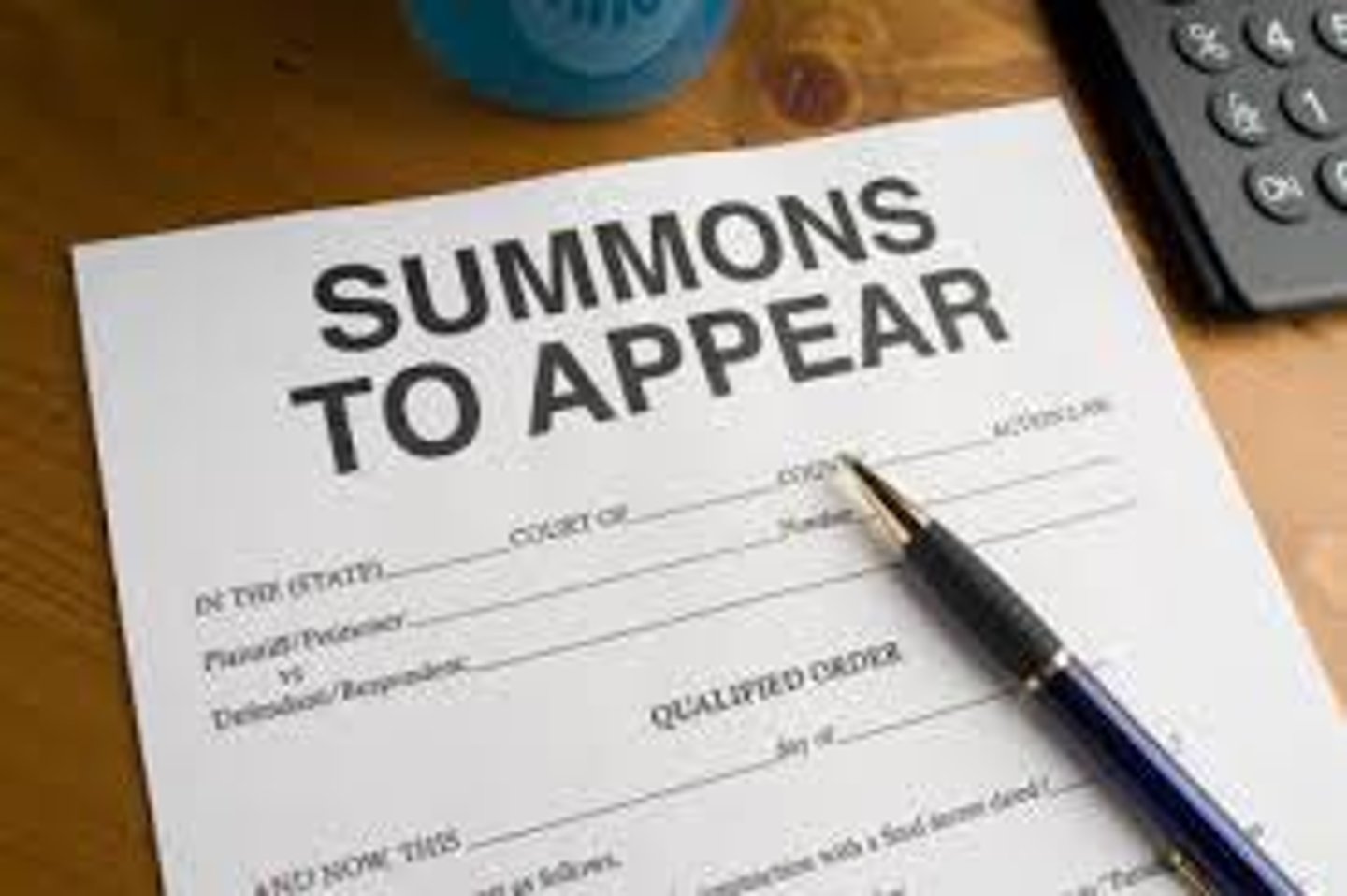
Damages
A monetary award to compensate for the loss caused by a tort.

Fraud
Intentional misrepresentation of an existing important fact, reliance upon which causes financial injury.

Judgment
Final result of a trial.
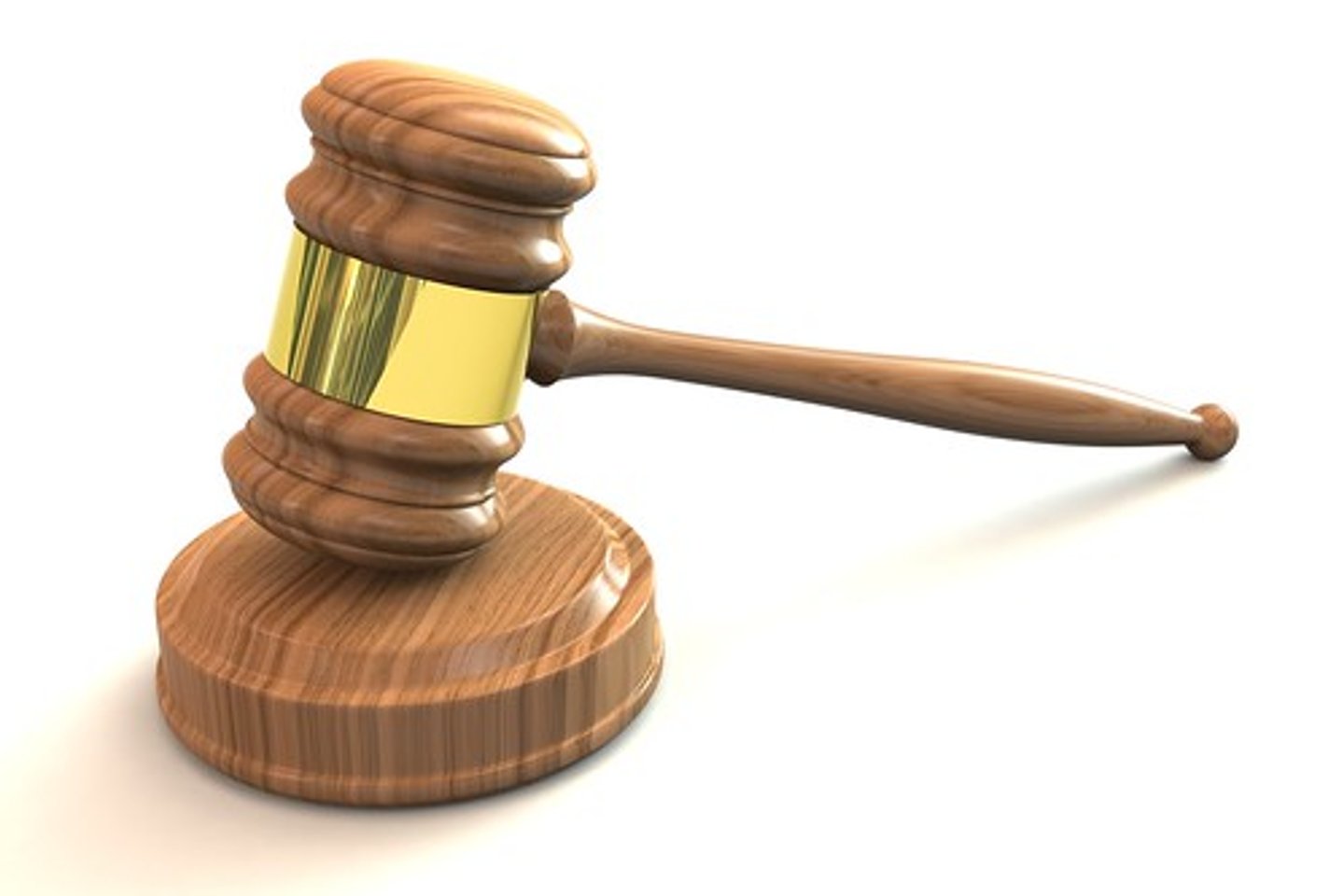
Verdict
Jury's decision in a case.
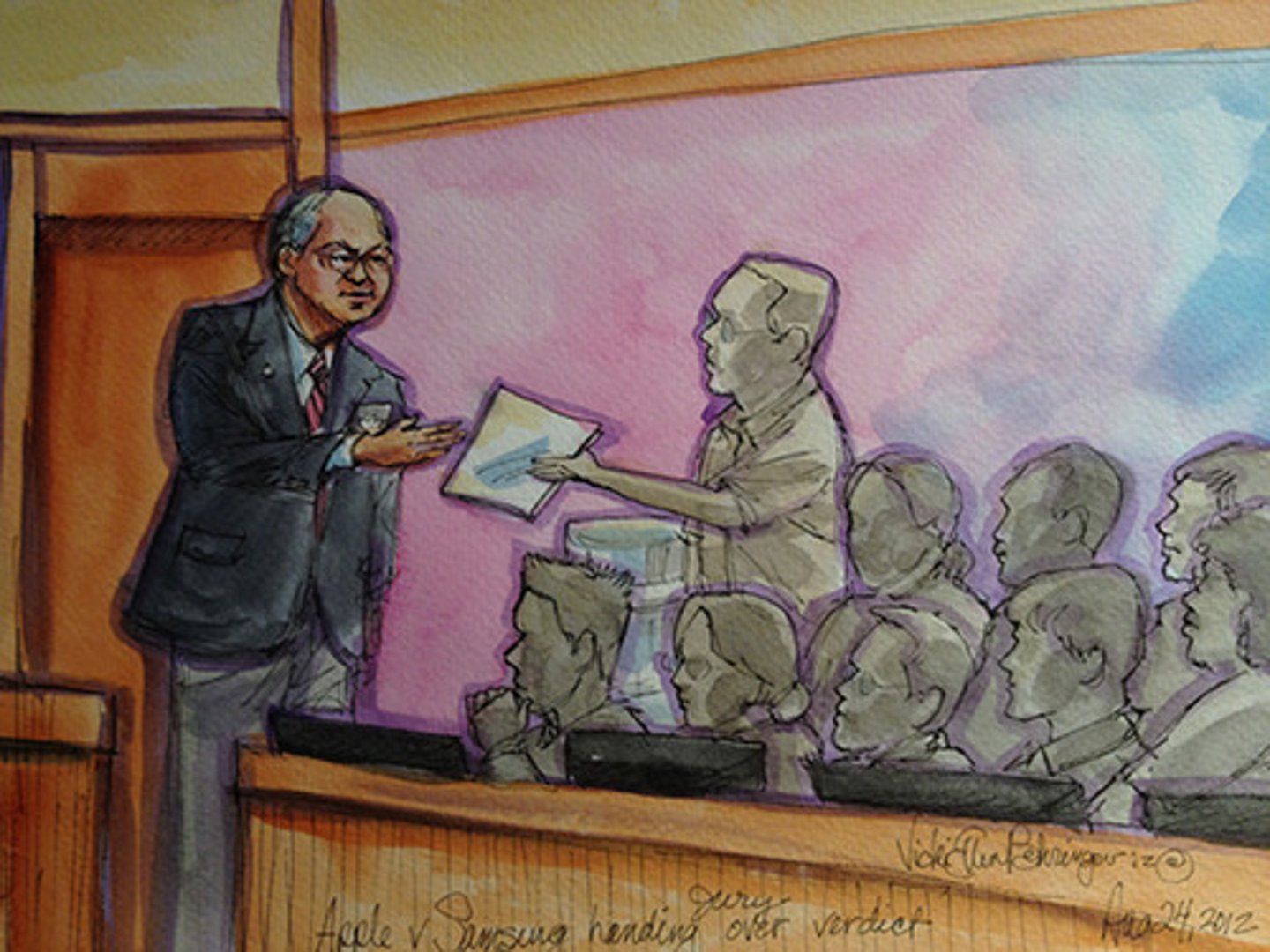
Writ of Execution
If a plaintiff wins a lawsuit and the defendant doesn't pay, this is what the plaintiff can do to enforce the judgment.

Who decides on issues of fact in a jury trial
In a jury trial, the jury decides issues of fact.
Civil Procedure Judge Decision (who decides what?)
The judge decides issues of law.
Standard of Proof in Civil Cases
Preponderance of evidence (at least 51%).
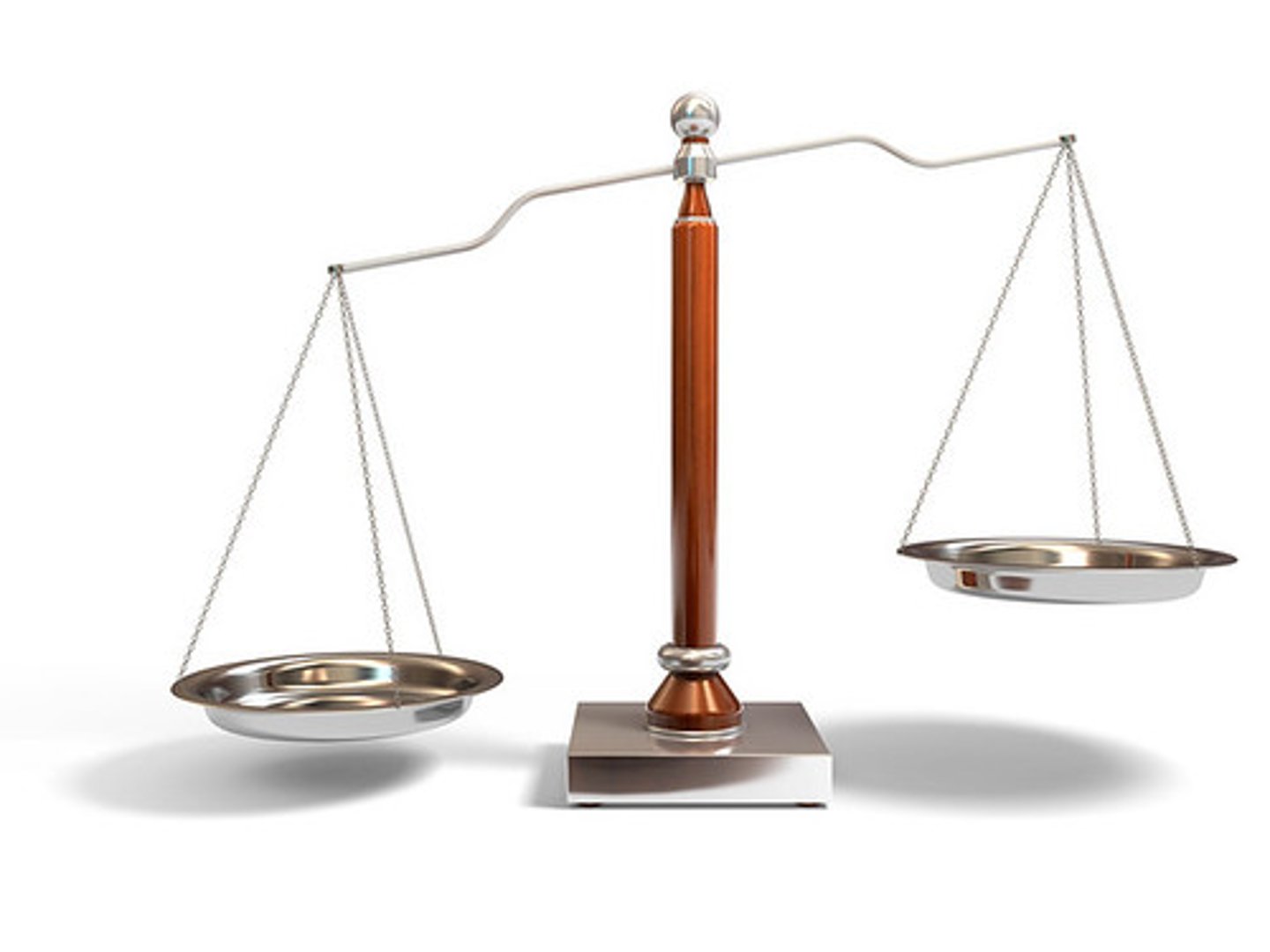
Compensatory Damages Considerations
When a jury decides the amount of compensatory damages, it usually considers Lost wages, Medical bills, Pain and suffering.
Vicarious Liability
When one party is held responsible for the tort of another.

Parental Liability
Parents may be liable for damages negligently caused by their children while operating motor vehicles.
Dangerous Instrumentalities
Parents may be liable if they give their children 'dangerous instrumentalities' without proper instruction.
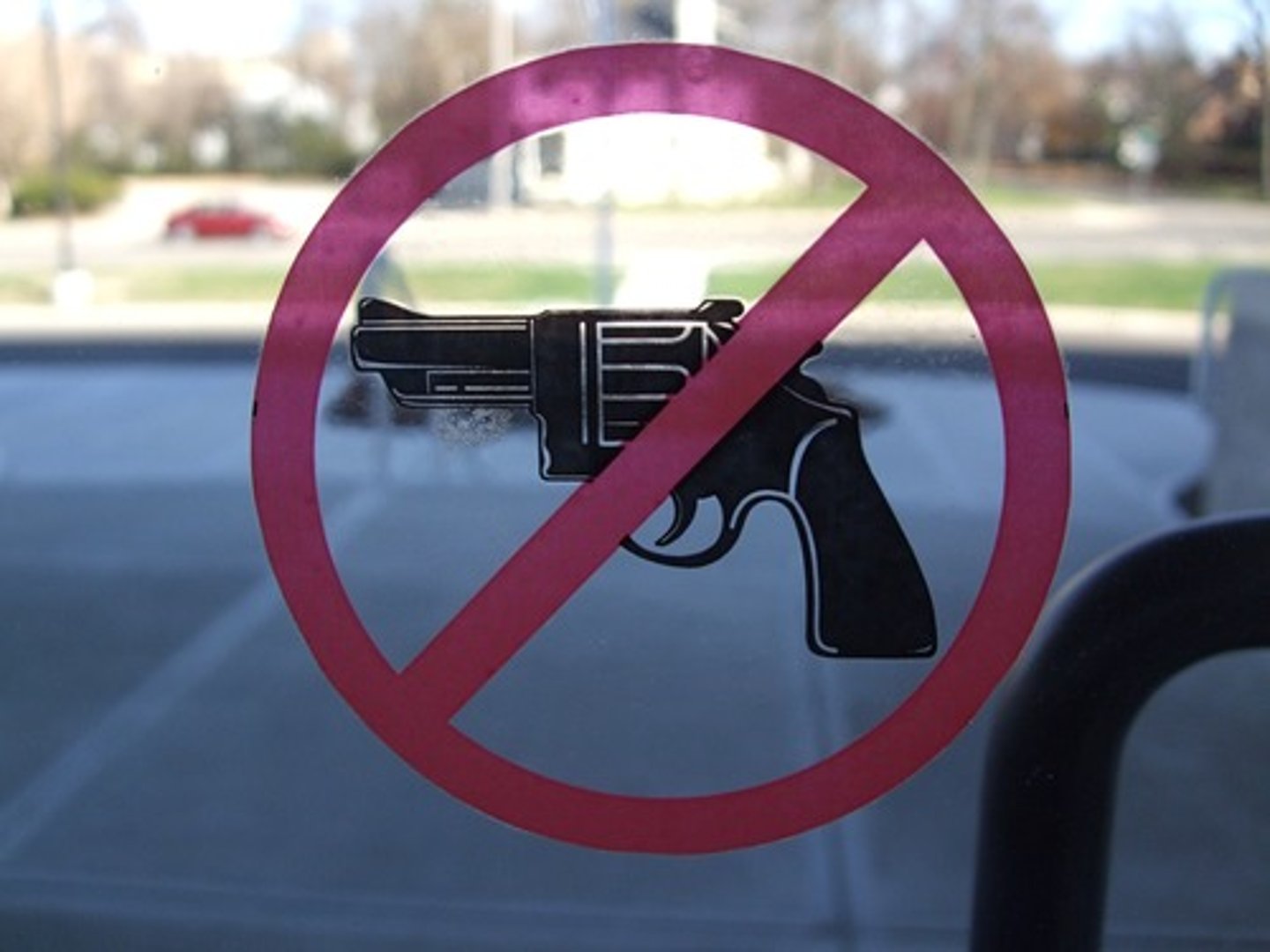
Employer Liability
Employers are liable for torts of their employees committed within the scope of employment.
Torts are defined by...
Most torts are defined by state law.
Punitive Damages
Punitive damages are always available where an intentional tort has been committed.

Injury Requirement for torts
You must be injured to win a tort case.
Intent Requirement for torts
Not all torts require that the defendant intended to injure the plaintiff.
